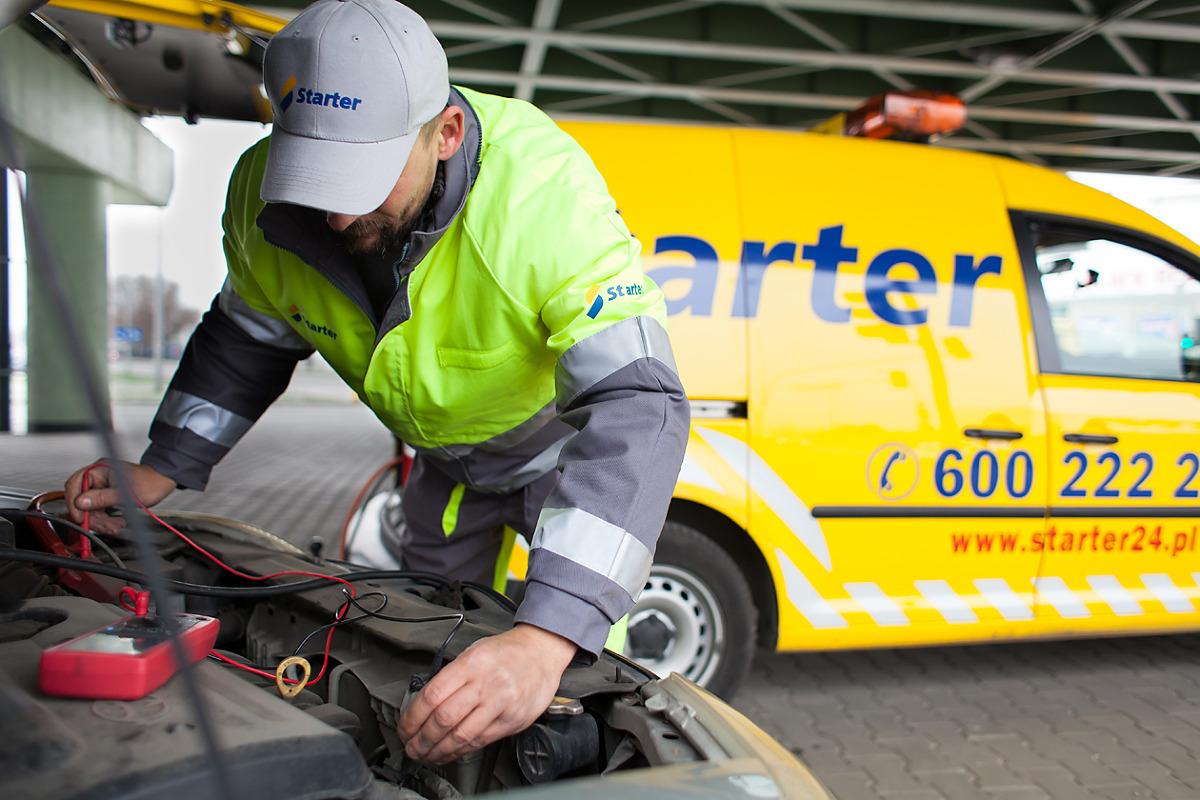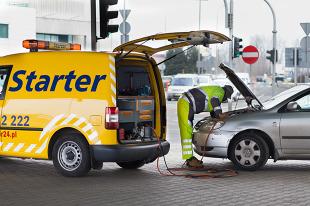
Winter doesn't like cars
 In winter, the risk of breakdown of some car parts increases by 283%. A report from roadside assistance company Stater shows that the majority of breakdowns last winter, as much as 25%, were related to battery problems.
In winter, the risk of breakdown of some car parts increases by 283%. A report from roadside assistance company Stater shows that the majority of breakdowns last winter, as much as 25%, were related to battery problems.
 Low temperatures cause a significant reduction in the electrical capacity of the battery. Even a new, fully functional battery that has 25% capacity at 100ºC, only 0% at 80ºC, and only 25% at 60-degree arctic temperatures. The starting current also decreases with increasing capacitance. Studies show that at -18ºC its value is one and a half times lower than at 20ºC, so in fact we have only half the starting power, and, even worse, engine oil, which thickens in the cold, makes it even more difficult to start the engine. engine. Last year Starter repaired almost 11% of the more than 60 90 winter breakdowns serviced. Where the company car was sent, the success rate was XNUMX%. How will it be this year?
Low temperatures cause a significant reduction in the electrical capacity of the battery. Even a new, fully functional battery that has 25% capacity at 100ºC, only 0% at 80ºC, and only 25% at 60-degree arctic temperatures. The starting current also decreases with increasing capacitance. Studies show that at -18ºC its value is one and a half times lower than at 20ºC, so in fact we have only half the starting power, and, even worse, engine oil, which thickens in the cold, makes it even more difficult to start the engine. engine. Last year Starter repaired almost 11% of the more than 60 90 winter breakdowns serviced. Where the company car was sent, the success rate was XNUMX%. How will it be this year?
“Even if we have prepared the car well for the winter, it can fail. Changing a punctured tire in the snow and in strong winds is not a pleasure. The roadsides are usually covered with snow, and the tools freeze to the hands. That is why it is worth providing yourself with a mobile workshop that will help the driver in all weather conditions and at any time,” said Artur Zavorski, Starter Technical Specialist.
Immediately after problems with the battery, winter “surprises” include engine problems and wheel failures. The most common engine failures include mechanical failures, malfunctions of the lubrication system and the pressurization system.
One of the most commonly degraded components is the ignition coil, which has proven to be very sensitive to, for example, moisture. Problems with it can lead to failure of some cylinders or a complete engine stop.
 The thermostat, it would seem, is not very complicated, but it can also cause a lot of trouble for drivers. Starting the engine on a frosty morning negatively affects its condition. A damaged thermostat can, for example, prevent the engine from reaching operating temperature.
The thermostat, it would seem, is not very complicated, but it can also cause a lot of trouble for drivers. Starting the engine on a frosty morning negatively affects its condition. A damaged thermostat can, for example, prevent the engine from reaching operating temperature.
It is also worth considering the TNVD. At low temperatures, the density and lubricity of diesel fuel decrease. Often, in the first bouts of winter, the engines are still running on summer diesel fuel. In this case, it is not difficult to make a mistake.
The aforementioned increased density of engine oil leads to the fact that the starter, which should drive the engine parts, is more stressed. The risk of damage to it increases when the car refuses to start after the first turn of the ignition key. Remember that electricity consumption increases in winter. As a result of turning on the headlights, ventilation and heating of the rear window, the generator is loaded to the limit. Salt on the roads also negatively affects its condition when the engine compartment is not airtight enough.
“Awareness of the dangers of low temperatures is worth its weight in gold, but remember that being ready to drive in winter is not only about changing tires and driving responsibly. This is also the perfect time to consider roadside assistance. Our mobile workshops are ready to fix most breakdowns on the road. Even in winter,” said Artur Zaworski, technical specialist at Starter.
